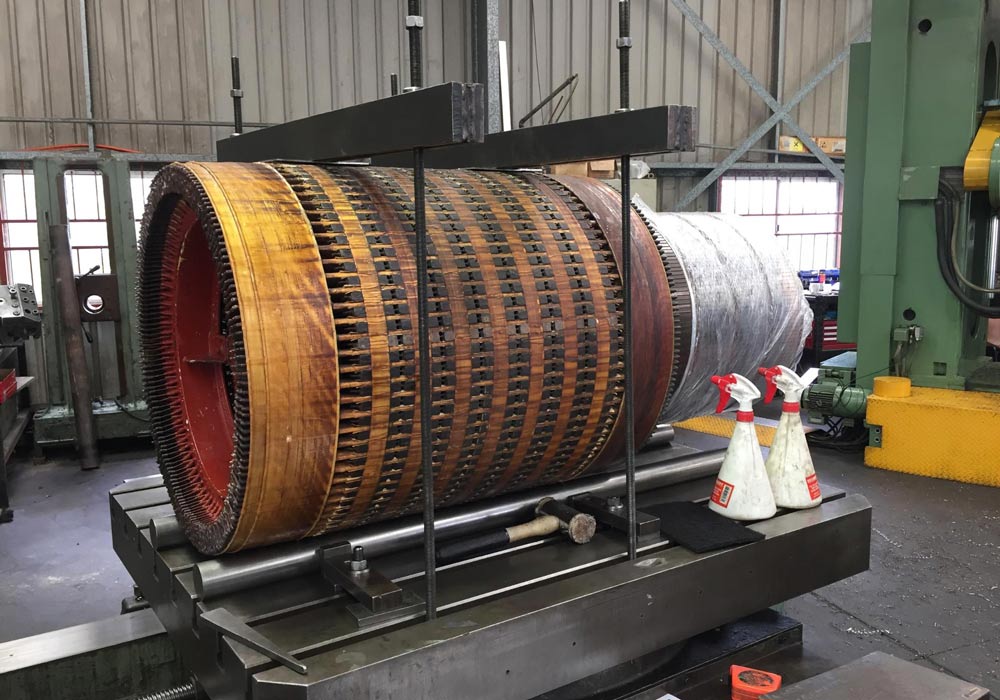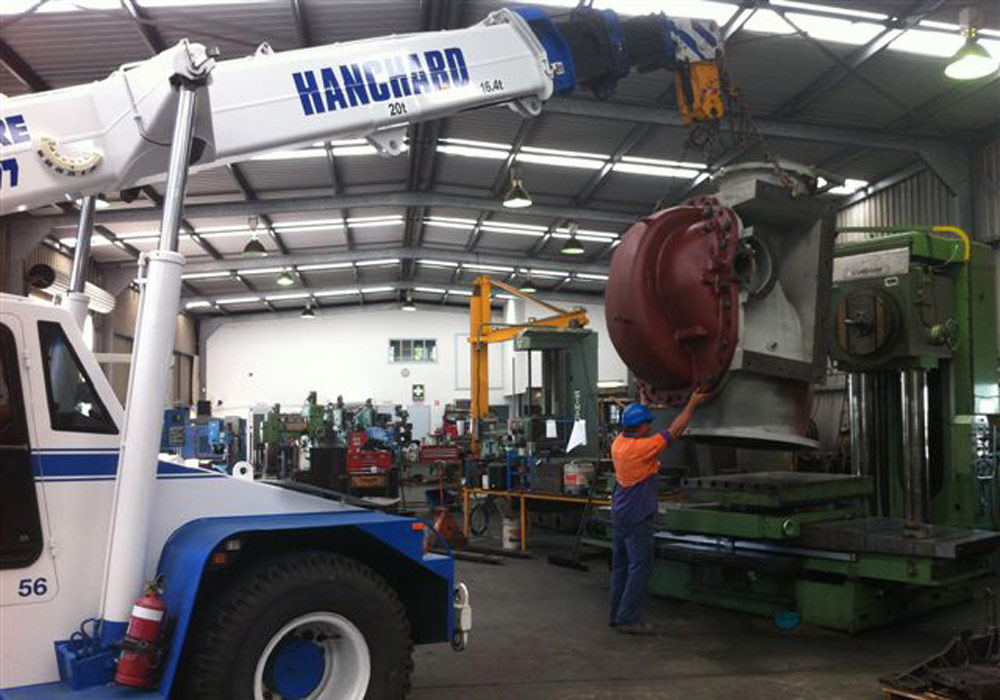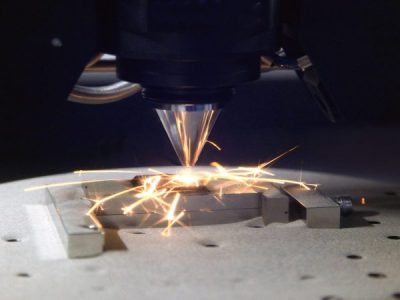You have your idea and you’ve done all the research and development. You’re feeling well positioned, now what? You need to protect your invention!
Patents, trademarks and copyrights are arguably the most time consuming and lengthy part of the product development process. The patent process can be frustrating and discouraging. We say this not to deter you, but to forewarn you it is difficult for everyone and you are not alone.
You might be wondering, “if it is so difficult, why even bother?”
A patent is your claim to your invention. If your idea is patented you will have exclusive commercial rights to your invention. Take the following case study for example:
Case Study: The Computer Mouse
The story of the good ol’ computer mouse is a powerful lesson in why having a patent (and maintaining that patent) is crucial!
We all use or have used a computer mouse. Chances are you may have used it to navigate to this very page. Computer mouses are a staple of how we navigate on our computers and laptops. Douglas Engelbart first developed (and patented) the computer mouse in 1963, a time where computers were the size of a room and not a household item. The world simply wasn’t ready for his invention.
It is important to note that patents are not forever and you must reapply for them or they cease to protect you, as Mr Engelbart found out. By the time technology advanced and personal computers came into existence his patent for the mouse ran out allowing tech companies to make his invention their own. Douglas Engelbart lost all claim to his genius invention before it was even commercially viable and therefore he never earned a cent from his hard work. It’s estimated that billions of computer mice have been sold since the ‘80s.
Patents are invaluable to protecting you, your intellectual property and any future income.
How to apply for a patent
The Australian body that governs intellectual property is called IP Australia and is run by the Australian Government. It is a valuable resource for anyone contemplating bringing their idea to life. We strongly recommend knowing the ins and outs of this website before making any steps towards patenting your idea.
Here are some basics facts about patents outlined by IP Australia:
- A standard patent lasts for up to 20 years.
- An innovation patent only lasts for up to eight years.
- Demonstrating, selling or disclosing your invention in a public domain before applying for a patent can affect your eligibility for the patent.
- Application fees range from $110 – $470.
- Renewal fees range from $350 – $1,300.
- There are a variety of other fees depending on the invention and/or examinations and searches that may have to be conducted.
If you are serious about patenting your idea, read through IP Australia’s Guide To Applying For Your Patent. However, before applying to patent your idea you should do a quick search to ensure no similar patents exist.

What is a Patent Cooperation Treaty?
Depending on your invention you may also want to consider a Patent Cooperation Treaty (PCT) application. This is a process that extends your patent to up to 151 other countries. If you are interested in expanding your business overseas you must submit your PCT within 12 months from submitting your patent application.
When it comes to patenting, do your research and make sure you get anyone you talk to about your idea to sign a confidentiality agreement.
Once you’ve patented your idea, the next step is finding money for your project. Check out our article: From Idea to Prototype: How to Fund Your Engineering Project to learn more about how to finance your project and find investors.
Need help getting your invention off the ground? Contact Prime Engineering today.




